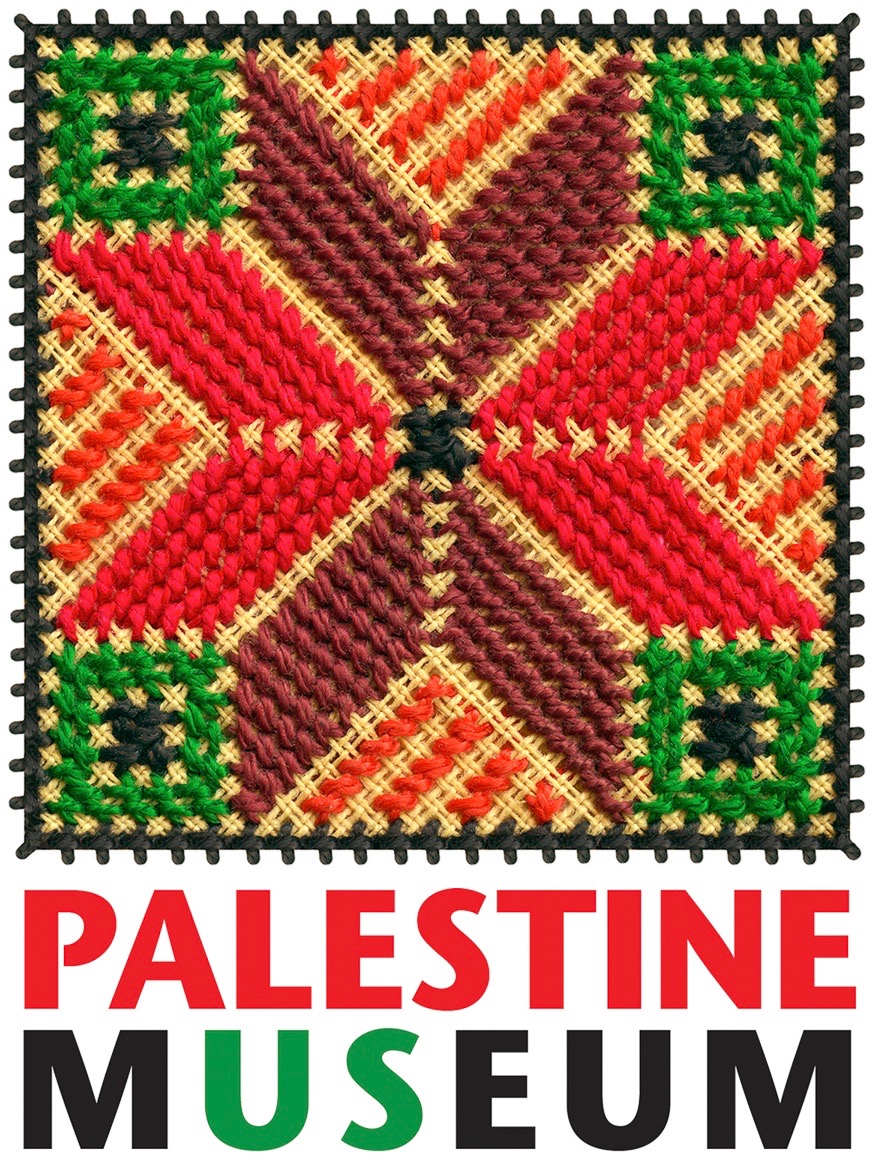Samia A. Halaby
Samia A. Halaby (b. 1936, Jerusalem) is an artist, activist, and scholar living and working in New York. Halaby is recognized as a pioneer of abstract painting and for her early use of programming kinetic paintings with sound in digital media. Since beginning her artistic career in the late 1950s, she has exhibited in museums, galleries, and art fairs internationally. Her work is housed in international private and public collections including the Solomon R. Guggenheim Museum (New York and Abu Dhabi), the Institut du Monde Arabe (Paris), and the Chicago Art Institute.
Halaby received her education in the Midwest between 1954 and 1963. She was active as an educator at the university level for 17 years. She was the first woman to hold the position of Associate Professor at the Yale School of Art where she taught for 10 years. Throughout her years of teaching, she produced an incredible body of work, inspired by her understanding of shape and color, her travels, and her exposure to artists. She settled in New York in 1976 and by 1982, she began to devote her time entirely to painting and writing.
Based in New York since 1976, Halaby has long been active in the city’s art scene, mainly through independent and non-profit art spaces and artist-run initiatives.
Samia Halaby selfportrait July 2020
Artist Statement
On completion, Venetian Red brought back dreams of Venice. The painting creates a visual memory of a perfect room in Venice. But it also provokes thoughts of red velvet and fire.
The truth is that neither red velvet nor Venice nor fire composed the first impulse. My intention was to reflect wave motion as a living process in the painting, a method of adding strokes and colors based on the previous ones so that their sequencing imitates the way water flows over river rapids; or, as it might behave in a cross-current around an off-shore island. I remember watching such currents and remember swimming through them struggling with their peaks and valleys as I remember walking through gentle rapids as they shift over and around rocks.
The wave motion is a principle that is true of a lot of things in reality beside motion of water flowing over rocks or around an offshore island. It is not unlike a huge migrating herd of animals or school fish moving and bifurcating then rejoining the main group depending on obstacles. It is not like fiery tongues stirring and disappearing in air. With these thoughts I clarify that abstract paintings imitate nature and reality, but they are not based on a stationary point of view as in Renaissance painting or as in photography; but rather on our comprehension of reality as we are moving and watching the shapes about us contract and expand.
Samia Halaby, “Venetian Red”, 2021, Acrylic on canvas, 177.8x177.8 cm. Photo courtesy Samia Halaby


